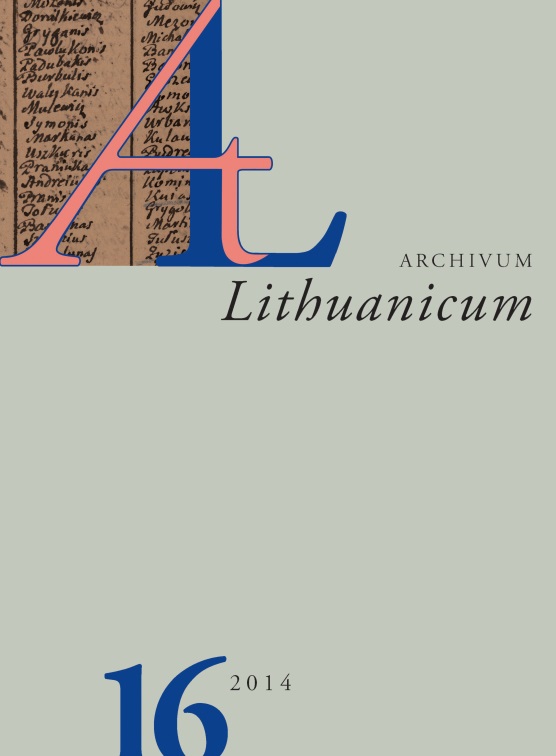Mažosios Lietuvos raštų ortografijos reforma XVII amžiuje. I. Pučiamųjų priebalsių ir afrikatų žymėjimas
The Lithuanian orthography reform in seventeenth century Lithuania minor. I. Fricatives and affricates
Author(s): Mindaugas ŠinkūnasSubject(s): Theoretical Linguistics, Historical Linguistics, Baltic Languages, 17th Century
Published by: Lietuvių Kalbos Institutas
Keywords: Lithuanian orthography; 17th century; Lithuanian language; old and new orthographies;
Summary/Abstract: The writings of the seventeenth century Lithuania Minor bear witness to significant shifts in orthography. The change was never labelled an orthographical “reform,” either in contemporary or in later grammar books, but the scale of change permits us to adopt that particular term. The orthography was modified in a conscious and organized manner, which was attested to by a political impulse (document Recessus generalis, 1639), by philological codification (grammars and manuscript dictionaries of Danielius Kleinas in 1653, 1654, and of Kristupas Sapūnas, Teofilis Šulcas in 1673), and by the universal acceptance of the changes proposed (salient peculiarities of orthography were transformed within a brief span of time and throughout the majority of known texts; in addition, there is no surviving evidence of contemporary alternative models or polemics). The following differences are the most conspicuous between the “old” and the “new” orthographies: spelling of fricative consonants [ʃ], [ʒ], affricates [ʧ], [ʤ], and nasal vowels [ĩ], [ũ]; marking both quantity (<y> symbol, and geminates), and quality of the vowels (making a difference between the open [ɛ] and close [e] vowel in script); also denoting word accents and morphological forms (attempts at the homoform distinction). This research was based on the texts of the sixteenth and seventeenth century Lithuania Minor that were digitized at the Institute of the Lithuanian Language in Vilnius (part of the texts are available at: www.lki.lt/seniejirastai). Precise data that we obtained enabled us to have a broader overview of the tendencies in orthographical development and its chronology.
Journal: Archivum Lithuanicum
- Issue Year: 2014
- Issue No: 16
- Page Range: 9-58
- Page Count: 50
- Language: Lithuanian

